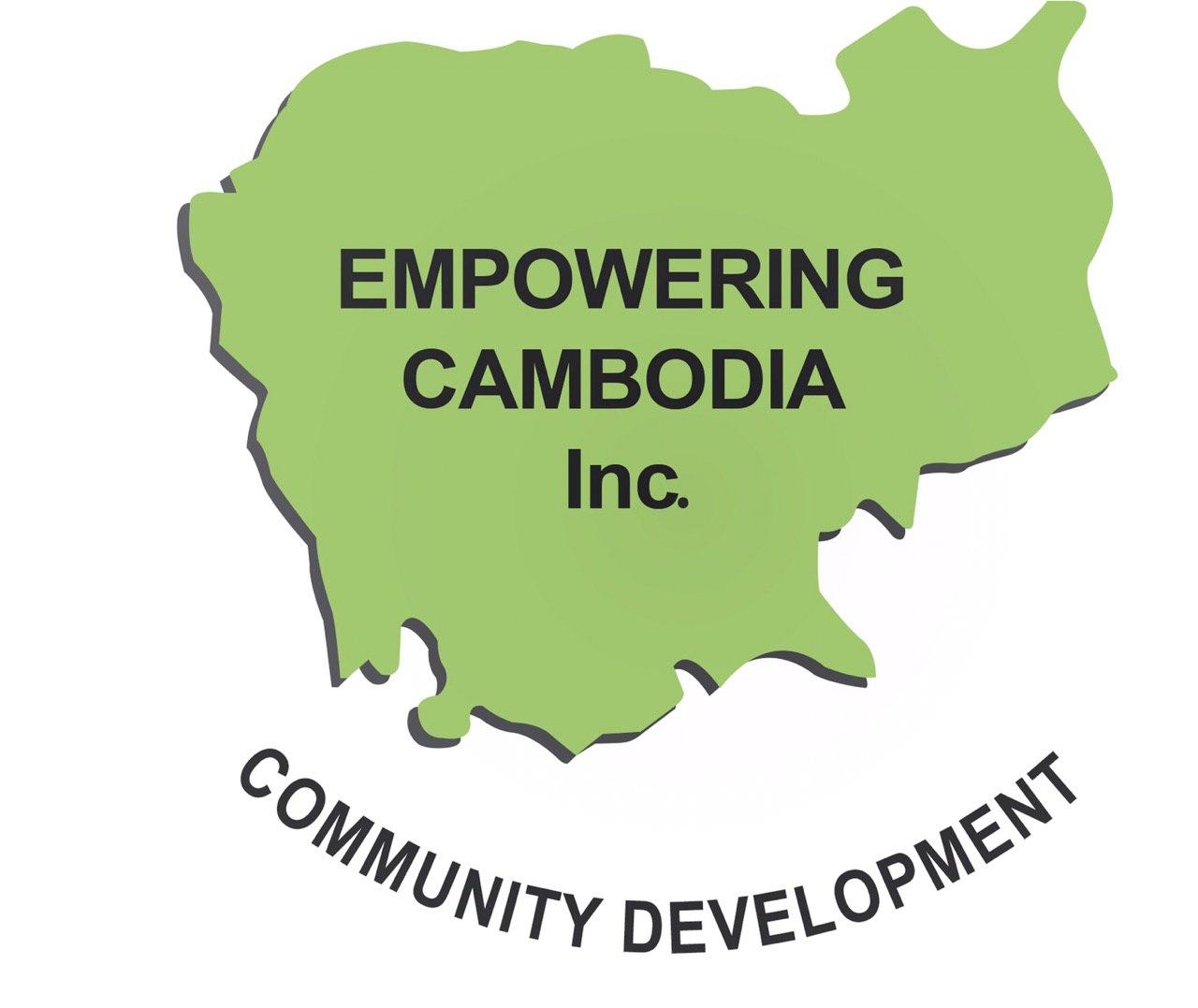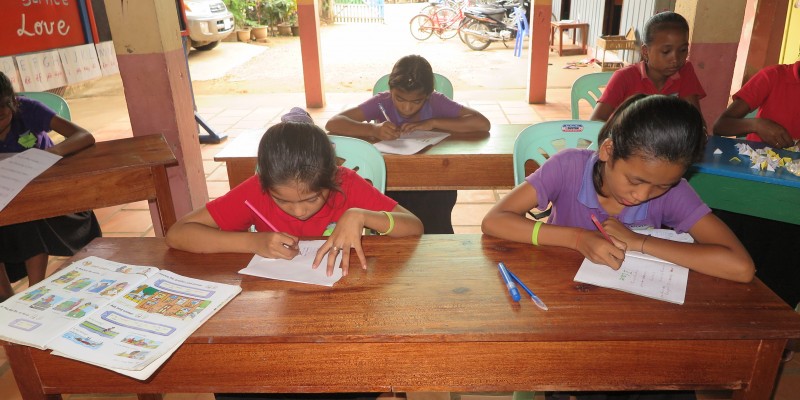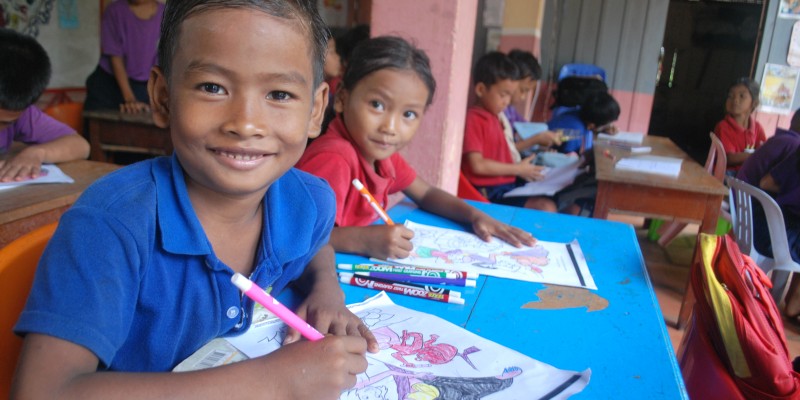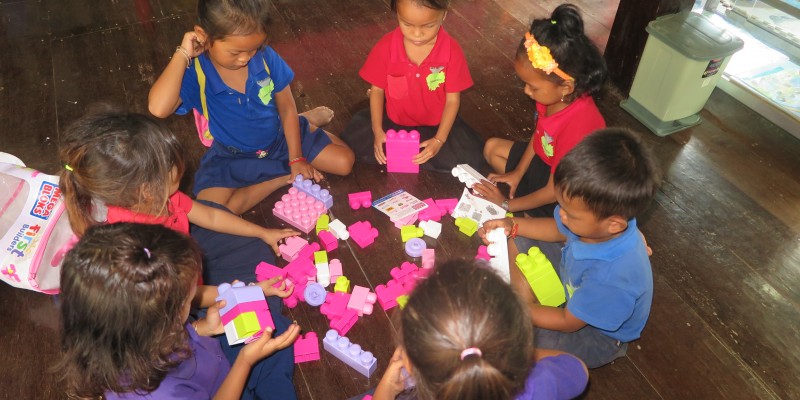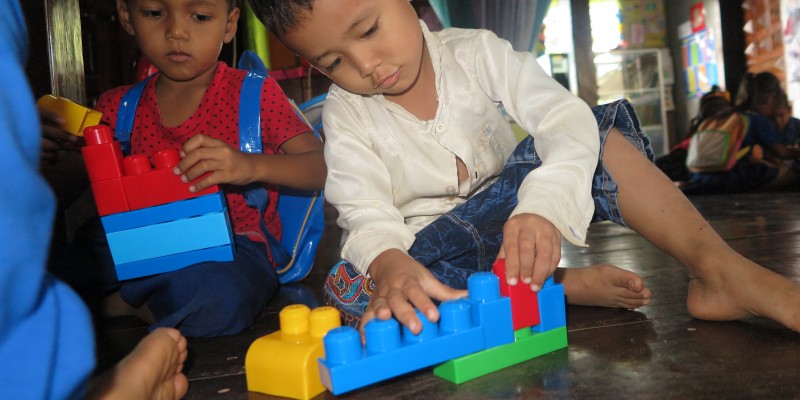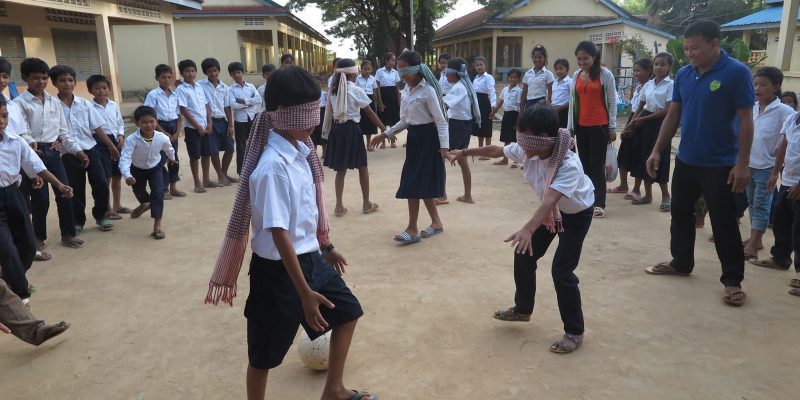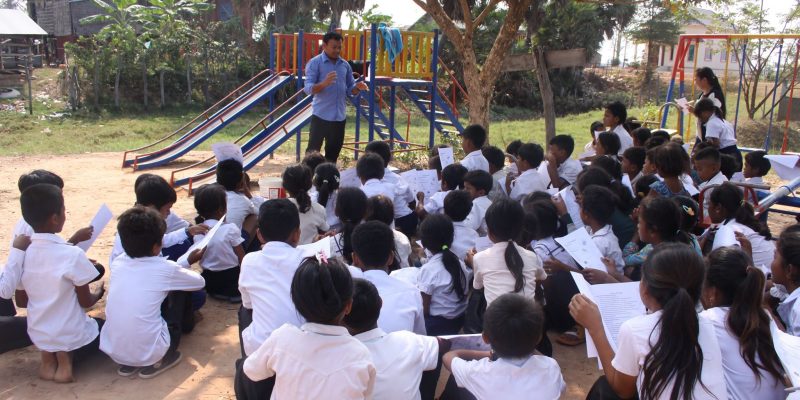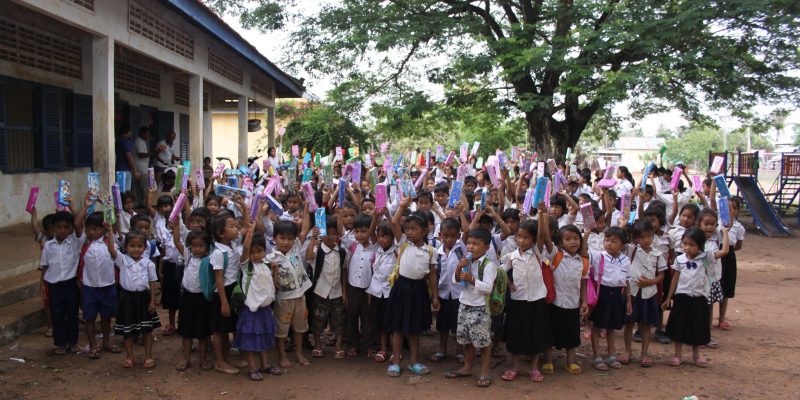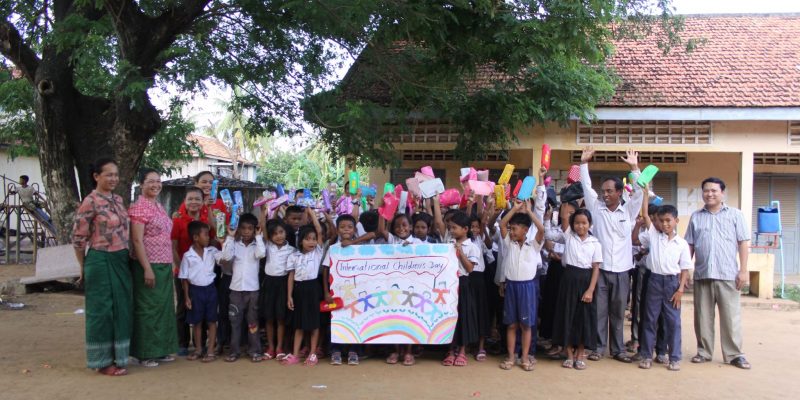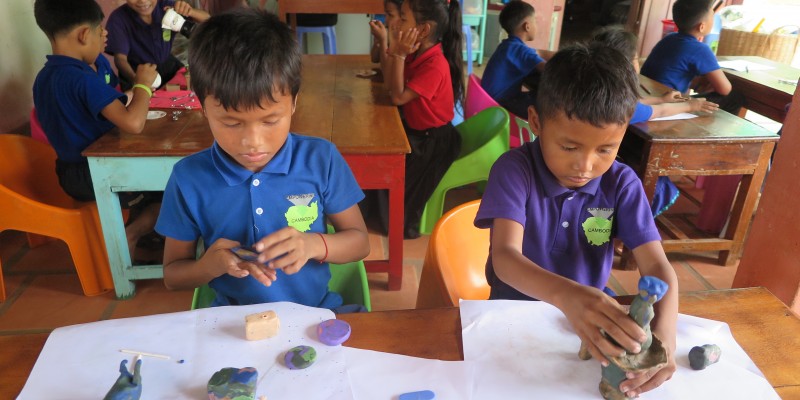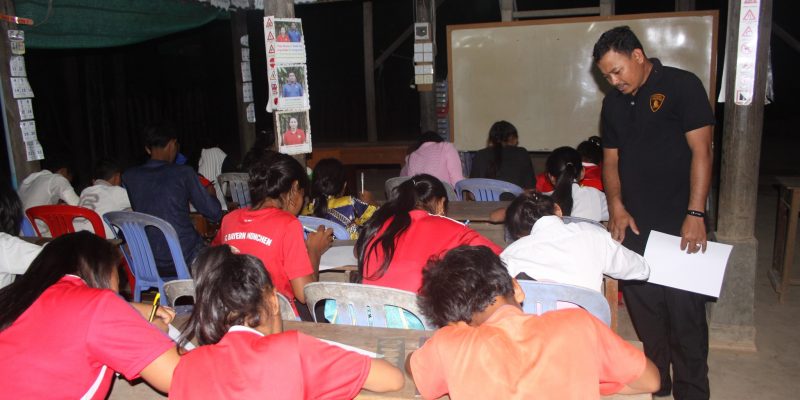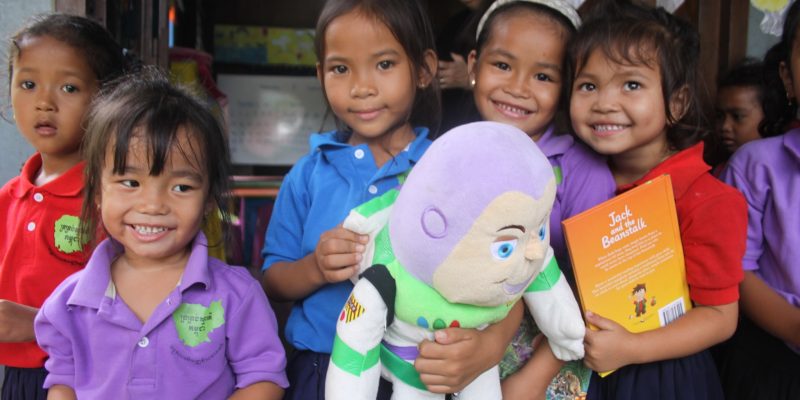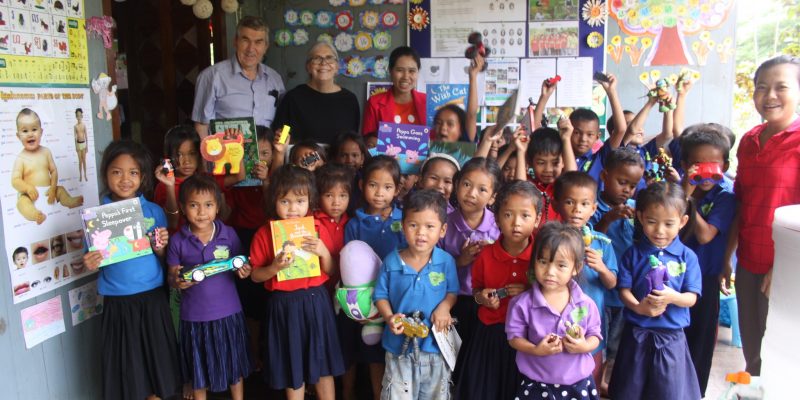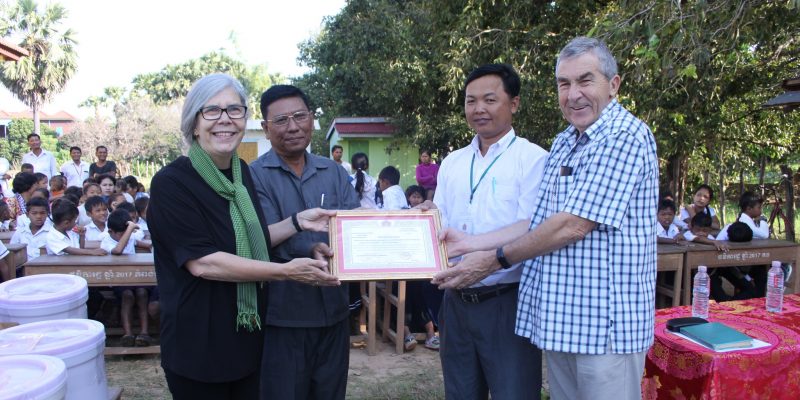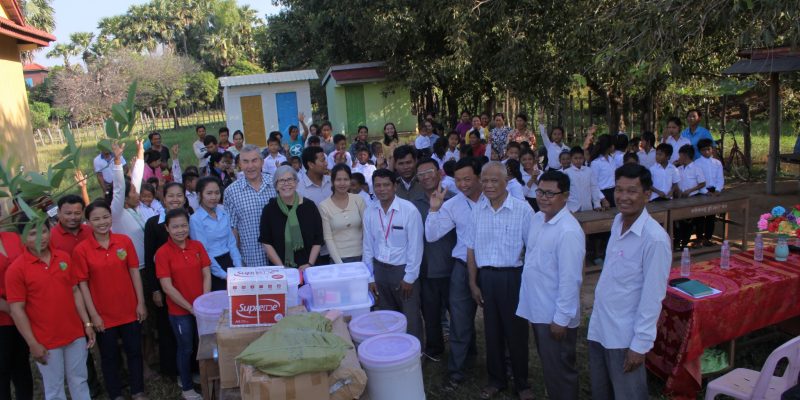CAPACITY BUILDING
The Capacity Building Program includes a variety of projects, for children and youth, operating in the Preparatory Center, English Centre’s I and II, and local Government Schools.
Dream Files
Dream files, containing words and pictures created by a student, are as unique as each individual who designs one. Students are encouraged to seek within to identify natural gifts, talents and abilities, which will greatly assist them in achieving their desired goals throughout their school years and beyond, and ultimately break the poverty cycle so many of them were born into.
Learning Styles
All programs are designed around the three basic learning styles – visual, auditory, and kinaesthetic, taking multiple intelligence into consideration. Individual learning styles are identified to ensure that beneficiaries have the opportunity of learning within an environment that is conducive to them receiving the maximum benefit from each lesson / class.
Teaching
The project uses a number of key teaching techniques and structures to ensure the students learn various thinking tools to assist them in their learning and divides educational objectives into the three domains of Bloom’s Taxonomy; cognitive, affective and psychomotor in order to create a more holistic form of education.
Library
Library resources are generally lacking in government schools, so by having a well resourced library at the children’s program, we provide children with the opportunity of exploring and developing their knowledge and creativity through reading a variety of books.
Nutrition
Due to the poverty cycle in which our beneficiaries are trapped, children often suffer from malnutrition whereby their growth is stunted. Although the nutritional snack portion of the project cannot reverse the effects of such stunting, it does offer improved quality of life for the beneficiaries, through the provision of a healthy snack, which assists them in functioning at a higher level of mental and physical capacity.
Body Mass Index
Beneficiaries’ height and weight are measured, recorded and reviewed by a medical professional who identifies individual needs, as well as reporting on any trends associated with the monitoring of the beneficiaries growth and development.
